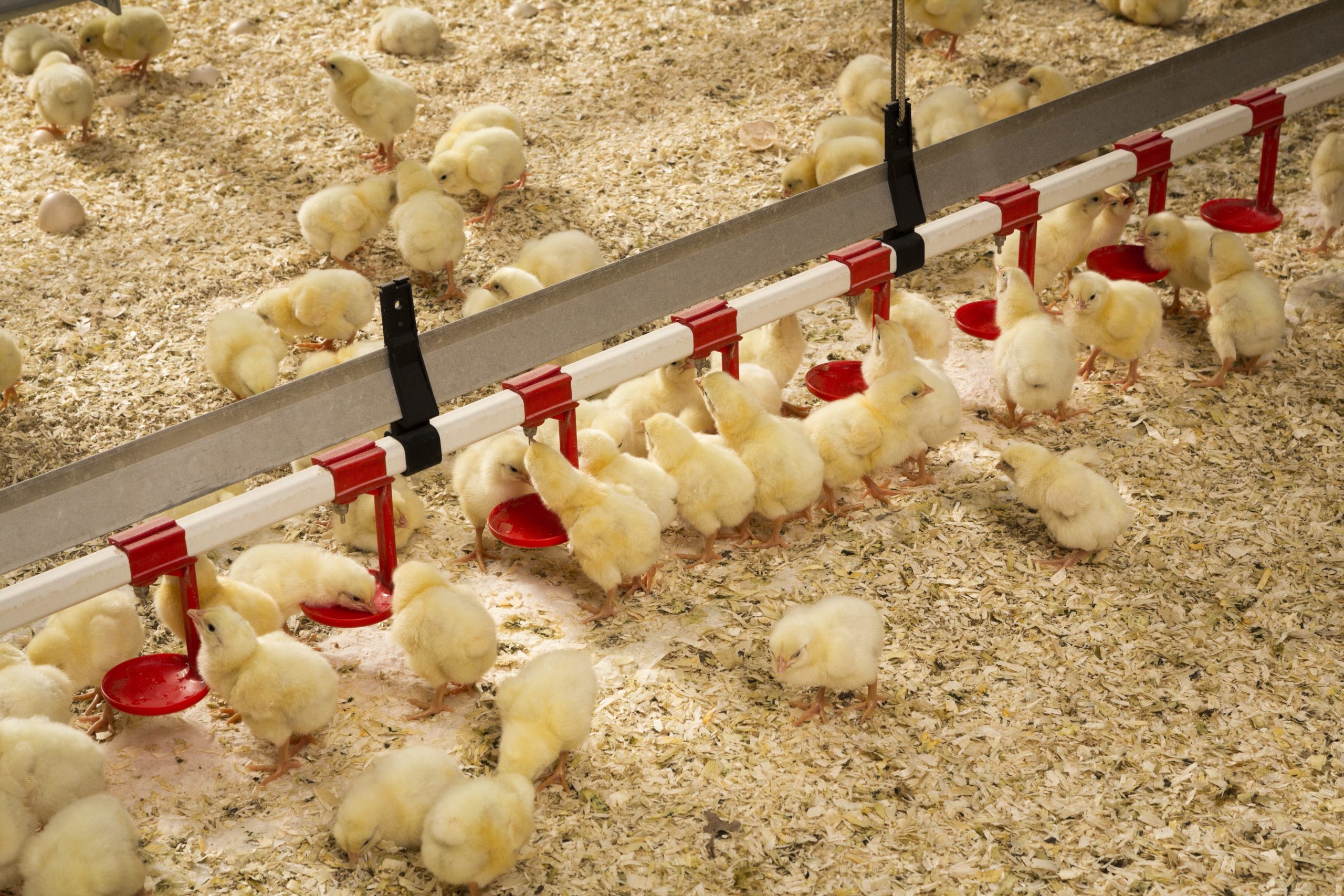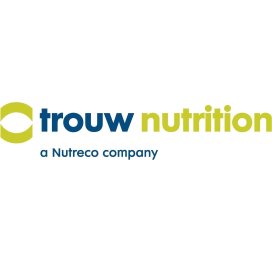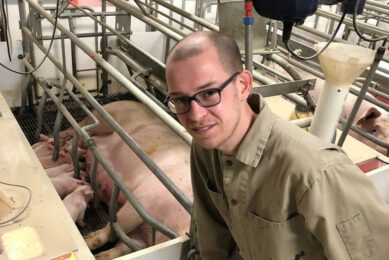Trace minerals: Even distribution is the key

Formulating diets to meet the mineral requirements of production animals is critical to maximise health and production efficiency. The way that minerals are handled and mixed in the feed mill is important to maximise feed stability.
Within the animal, trace minerals contribute as reactive catalysts to a variety of biochemical processes that are essential for animal maintenance, productivity and health. Typically, commodity sulphate mineral sources have been utilised in commercial animal feeds. However, mineral sulphates have negative attributes relating to their high water solubility, which can destroy expensive feed constituents and affect handling and mixing properties. Based on ingredient cost alone, sulphate mineral sources may appear to be the most economical option; however, the higher reactivity of sulphate mineral sources in the feed may result in hidden costs associated with reduced feed quality and added logistical concerns in the mill.
Even distribution of minerals
In the early 90s, a team of US researchers developed a completely new category of trace mineral nutrition: hydroxy trace minerals *(The development of these minerals was in direct response to the less than ideal properties associated with sulphate mineral sources. The novel macroscopic and microscopic properties in the product help to efficiently deliver the mineral into the bloodstream of the animal. Macroscopically, these hydroxy trace minerals, made with a patented technology** improve handling, blending, and mixability, resulting in the even distribution of minerals throughout the premix or feed. On a microscopic level, hydroxy trace minerals have a three-dimensional covalently bonded crystalline structure which reduces water solubility above a pH of 4.0. Because hydroxy trace minerals do not rapidly dissolve in the water associated with pelleting steam, the reactive mineral ions are retained in their original form allowing for their gradual release throughout the gastrointestinal tract and not in the feed.
Bonding structure and water binding capacity
The primary concern with mineral sulphates is their bonding structure. These sources are held together by weak ionic bonds that rapidly dissociate in the presence of water. The release of reactive ions can oxidise expensive and essential feed constituents like vitamins and fats before they can be utilised by the animal. These reactive metal ions can also bind positively charged nutrients such as phytate, toxin binders and amino acids, rendering both the metal ion and the chelated nutrient unavailable to the animal. Because crystalline, covalently bonded hydroxy trace minerals are significantly less reactive, supplementing these sources to the feed has been demonstrated to deliver more vitamins and minerals to the bloodstream, improve phytate breakdown by phytase, promote longer shelf life and enhance palatability compared to feeding sulphate sources.In addition to the negative effects of mineral sulphates on the nutritional value of feed, the high water binding capacity of these sources increases the risk of caking in the feed mill when exposed to ambient humidity. Moreover, the small particle size of sulphate minerals contributes to the production of dust in dry environments. Dust mitigation and improved flowability are significant benefits of hydroxy trace minerals produced with the patented technology. In this process, individual hydroxy trace mineral crystals are joined together with non-genetically modified corn starch prior to drying, resulting in the production of uniform 175±50 micron particles. Through this advanced manufacturing process, it is possible to create a hydroxy trace mineral source with beneficial physical characteristics that reduce dustiness and other unwanted handling issues, while facilitating unparalleled blending accuracy in the final feed.
Dosing is important for young animals
The importance of accurate nutrient mixing within a diet cannot be overstated. Recent research has emphasised the importance of neonatal nutrition, as even marginal differences in nutrient intake in this early period can have a lasting impact on lifelong performance. For this reason, achieving consistent mixing of trace nutrients in the finished feed can significantly impact production and economic returns. A newly-hatched chick will consume approximately 20 g of feed per day during the first week of life, so one metric ton of feed will provide 50,000 individual meals. Inconsistent mixing may result in a proportion of the flock not receiving the mineral nutrition they require during this critical developmental window, despite the adequacy of the formulation on paper. Individual variation in nutrient intake will result in reduced flock or herd uniformity and decreased performance responses from those animals that consumed under- or over-supplemented portions of feed.
As an additional benefit, hydroxy trace mineral sources are 1.4 to 2.2 times as dense as their corresponding sulphate mineral forms. Higher density minerals should be the preference of every feed producer and mill manager because they provide additional space in the premix while reducing logistical concerns related to handling, shipping and storage.
Multiple benefits for feed producers
Hydroxy trace minerals provide novel macroscopic and microscopic means of delivering nutritionally critical, but highly reactive, metal ions without the detrimental effects associated with sulphate mineral sources. The unique crystalline structure and optimised particle size of hydroxy trace minerals provide multiple benefits to feed producers. Larger, non-water soluble particles, produced with the patented technology resist caking, flow freely, and blend homogeneously. Strong covalent bonds protect expensive feed constituents from being destroyed by reactive mineral ions, both in the feed bag and in the animal. Hydroxy trace minerals represent a very efficient and effective method to deliver trace mineral nutrition to today’s highly efficient production animals. This way, feed producers can improve mill efficiency and produce a higher quality feed to maximise economic returns.
Author: Dr Kurt Perryman, technical sales manager, Micronutrients
*Selko® IntelliBond®, ** OptiSize™






